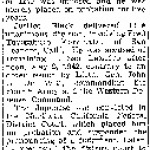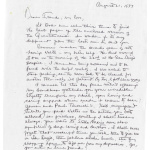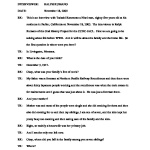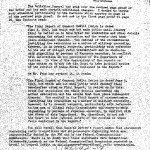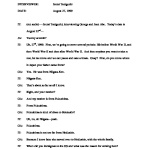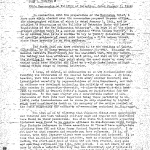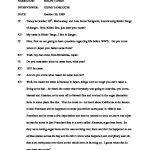Fred Korematsu
| Name | Fred Korematsu |
|---|---|
| Born | January 30 1919 |
| Died | March 30 2005 |
| Birth Location | Oakland, CA |
| Generational Identifier |
Challenger of World War II exclusion and confinement. Fred Toyosaburo Korematsu's (1919-2005) fight against the mass removal of Japanese Americans resulted in a landmark Supreme Court case concerning wartime civil liberties. On January 30, 2011, California held its first Fred Korematsu Day, the first day in the U.S. to be named after an Asian American, commemorating his lifetime of service defending the constitutional rights of Americans.
Korematsu was born on January 30, 1919, to Japanese parents who ran a plant nursery in Oakland, California. He worked as a shipyard welder after graduating from high school until he lost his job after the Japanese attack on Pearl Harbor. He was 22 when the U.S. plunged into war. On May 9, 1942, his parents and three brothers reported to the Tanforan Assembly Center , but Korematsu stayed behind with his Italian-American girlfriend. By then, the army had issued a series of exclusion orders that prohibited Japanese Americans from being inside Military Area No. 1 . In an attempt to disguise his racial identity, he changed his name and had minor plastic surgery on his eyes to appear European American. His refusal to comply with the evacuation order led to his arrest on May 30, 1942.
While in jail, he was visited by Ernest Besig, executive director of the American Civil Liberties Union of Northern California. Korematsu agreed to become the subject of a test case to challenge the constitutionality of President Roosevelt's Executive Order 9066 along with fellow resisters Min Yasui and Gordon Hirabayashi . Although Besig paid Korematsu's $5,000 bail, Korematsu was sent to Tanforan immediately after his release. After the federal district court in San Francisco found him guilty of violating military orders, his court case went to the U.S. Supreme Court in 1944. The high court upheld the lower court's ruling in a 6-3 vote. (See Korematsu vs. U.S. ) Towards the end of the war, he was allowed to work as a welder in Salt Lake City as long as he promised not to return to the West Coast. When the Second World War came to a close, he moved to Detroit where he met his future wife, Kathryn. He returned to the San Francisco Bay area with his family in late 1949. He found employment as a draftsman, but his felony conviction prevented him from working in a larger firm or government agency.
In the 1980s, legal historian and author Peter Irons filed a petition—called the writ of coram nobis —to the 9th U.S. Circuit Court in San Francisco to have Korematsu's conviction overturned on the grounds that the Supreme Court had made its decision based on false information. Korematsu spoke at the courtroom and said, "As long as my record stands in federal court, any American citizen can be held in prison or concentration camps without a trial or a hearing." In November 1983, U.S. District Judge Marilyn Hall Patel vacated Korematsu's conviction and argued that the Korematsu case serves as a "caution that in times of distress the shield of military necessity and national security must not be used to protect governmental actions from close scrutiny and accountability...." [1] (See coram nobis cases .)
After the successful coram nobis petition, he continued to advocate for civil rights at countless colleges and law schools. In 1999, Korematsu received a Presidential Medal of Freedom, the nation's highest civilian honor. After 9/11, he filed an amicus—or "friend of the court"—brief with the Supreme Court for two cases on behalf of Muslim inmates being held at Guantanamo Bay. He filed another amicus brief in 2004, citing similarities between the wrongful imprisonment of Japanese Americans during World War II and Muslims following 9/11. He passed away of respiratory illness on March 30, 2005.
For More Information
Alonso, Karen. Korematsu v. United States: Japanese American Internment Camps . Berkeley Heights, New Jersey: Enslow Publishers, 1998.
Korematsu Institute for Civil Rights and Education. "Fred Korematsu Bio." http://korematsuinstitute.org/institute/aboutfred/ .
Yamamoto, Eric and May Lee. "Excerpts from A Brief Biography: Fred Korematsu ". Asian American Bar Association of The Greater Bay Area. http://www.aaba-bay.com/aaba/showpage.asp?code=yamamotoarticle .
Footnotes
- ↑ Claudia Luther, "Fred Korematsu Obituary", Los Angeles Times , April 1, 2005.
Last updated July 15, 2020, 3:53 p.m..

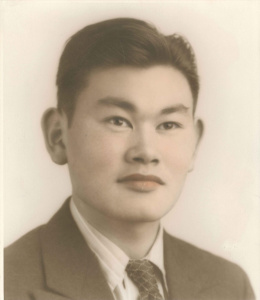 Media
Media


